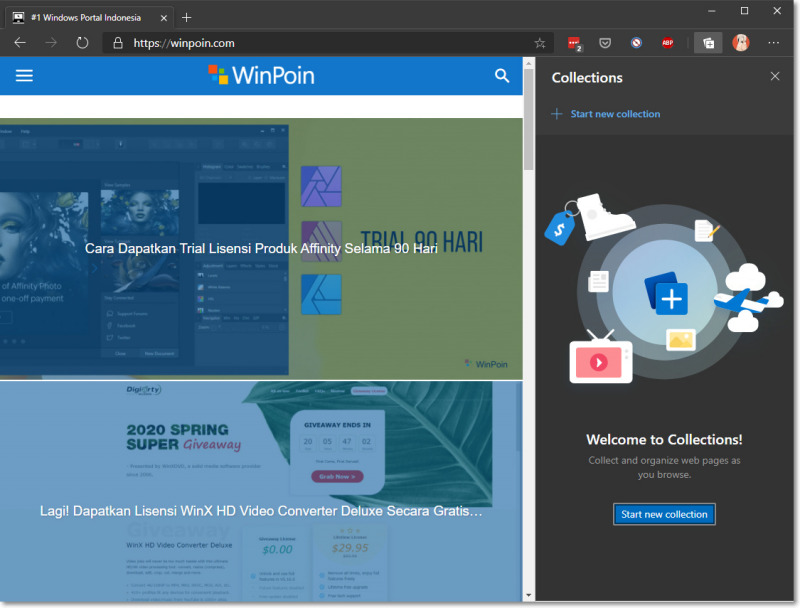

Select File > Open Windows PowerShell > Open Windows PowerShell as administrator.83.0.478.58 and then the installer folder, so that you end up at C:\Program Files (x86)\Microsoft\Edge\Application\83.0.478.58\Installer. Open File Explorer and go to C:\Program Files (x86)\Microsoft\Edge\Application.While it should not have any adverse effects on the system, it is always better to have a backup at hand that you can restore. Note: We suggest that you back up the main system partition before you run the command. While that cannot be done using standard uninstallation options, it can be done by running a single command from the Command Prompt or a PowerShell window. Some Windows users may prefer to remove the newly installed Microsoft Edge browser again from the system. There is still Internet Explorer available as a last resort though. It is unclear why Microsoft made the decision a likely explanation is that users would end up without a version of Edge on the system as the classic version is removed when the new is installed. If Microsoft Edge is installed via Windows Updates, then it is not possible to uninstall the browser using the Apps interface of the Settings application or the dedicated Software Control Panel application. Many users are probably indifferent to Edge as they use other browsers. The new Edge is undoubtedly an improvement when compared to the classic version, and there are probably only a few users out there who prefer the classic version. While there are ways to prevent the installation of these updates, it is likely that the new Edge will be pushed via Windows Updates to the majority of Windows systems and yes, that includes unsupported Windows 7 installations. Windows updates such as KB4541301, KB4541302 and KB4559309 replace the classic version of Microsoft Edge with the new version. Interested administrators could install the Chromium-based Edge manually on supported systems prior to Microsoft starting the migration via Windows Update. The browser would be pushed to systems only if Microsoft did not detect its installation already on the system.


 0 kommentar(er)
0 kommentar(er)
